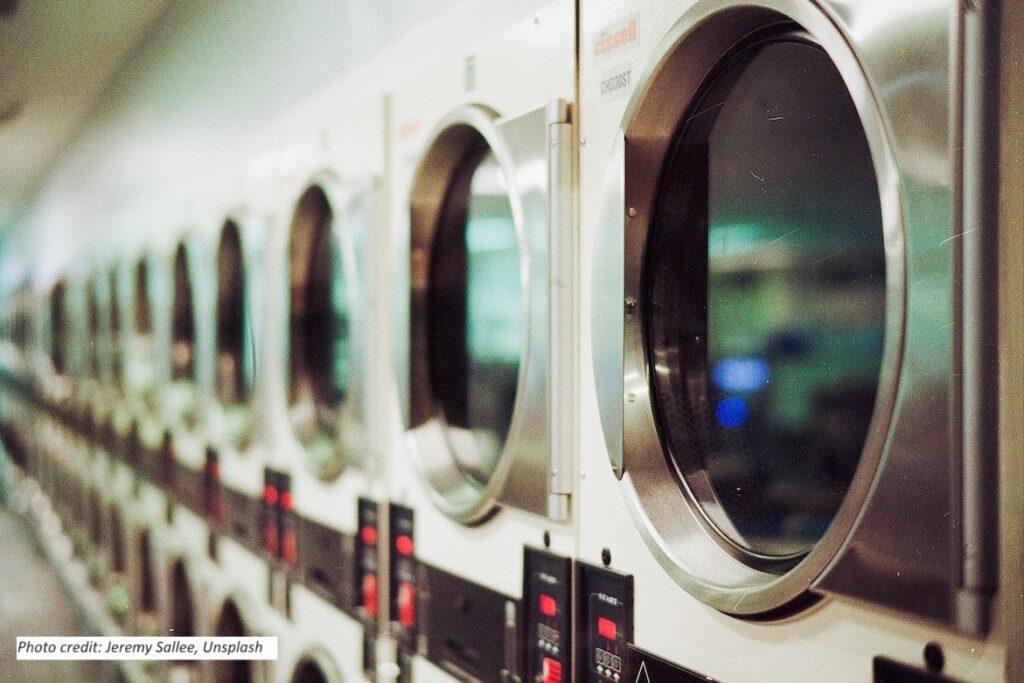
In the every-changing world of marketing, it is crucial to understand the fundamental differences between consumer markets (B2C) and business-to-business markets (B2B). Imagine these markets as two distinct ways of doing business, each with its own set of customer behaviors, communication methods, decision-making processes, and rules of engagements. What is applicable in B2C might not be suitable to B2B. Let’s take a closer look at what these markets have in common and where they differ.
Similarities Between the Consumer and Business Markets
B2C and B2B have similar characteristics, as they both need to:
- Identify and understand their target market – whether it’s their primary or secondary target market, both types of markets must know who they’re trying to reach.
- Demonstrate value to their target market – Showing how their products or services is relevant, unique and believable to their target audience is crucial for success.
- Identify their channel – Knowing where and how to deliver their offerings to customers is essential.
- Communicate effectively – Clear communication with the target market is vital for building relationships and winning sales.
- Build customer loyalty – Both types of markets aim to create strong bonds with their customers.
- Outperform competition – The need to compete successfully to thrive is an indispensable ingredient to longevity.
- Earn trust – Trustworthy is fundamental to becoming a respected brand or seller.
- Set pricing – Developing a pricing scheme that make sense for their target market is essential.
- Achieve profitability – Both markets aim to be profitable.
Differences Between the Consumer and Business Markets
Now let’s explore the significant differences between these two markets.
The table below lays out the many differences between B2C and B2B markets. For instance, in terms of demand, the consumer market is a direct demand compared with the demand for the business market. In B2B, like a plastic manufacturer supplying components for refrigerators, demand depends on the needs of the business clients. This can fluctuate as it is highly dependent on the demand of refrigerators manufactured and sold by refrigerator manufacturers. There will be times when refrigerator manufacturers may want to order higher volume in anticipation of peak season volume like during summer or Christmas, while reorders for lean season would be much less.
On the other hand, in terms of the buying center (or the Decision-Making Unit or DM unit), there are instances where many people can take part in the final buying decision and not just the buyer. In the consumer market, such as a family going on vacation for example, there could be an initiator (like the daughter), an influencer (the brothers), a decider (the mother), a buyer (the father), and users (the entire family).
On the other hand, it is more complicated in the business market. As an example, when purchasing a salesforce training program, the initiator may be a regional sales manager, users are key account managers, influencers could come from the HR department, the decider is the national sales manager, the approver is the general manager, the buyer is the purchasing manager while the gatekeeper is the executive assistant to the HR manager.
The Many Differences between the B2C and B2B markets
| Consumer Market | Business Market | |
| Relative no. of buyers | Larger | Fewer |
| Relative volume of transactions | Smaller | Larger |
| Demand | Direct | Derived and Fluctuating |
| Consumer Decision | More emotional and discretionary | More professional and based on identified problems |
| Buying Influences | Fewer | Multiple |
| Sales call interaction | Few | Multiple |
| Supplier policy | Discretionary | Minimum of 3 competitive bids |
| Supplier accreditation | Not required | Required |
| Buying center | Initiator – Influencer – Decider – Buyer – User | Initiator – User – Influencer – Decider – Approver – Buyer – Gatekeeper |
| Communication channel | Mass media and social media | Sales calls, industry journals |
| Communication goals | Awareness creation | Lead generation to closing |
| Purchasing recipient | Mostly to individuals | On behalf of an organization |
| Sales cycle | Simpler and faster | Complex and lengthy |
| Buyer | Ordinary individuals | Expertly trained |
| No. of decision makers | Few | Multiple |
| Buying decision process | Needs recognition → information search → Evaluation of alternatives → Purchase → Post-purchase | Problem recognition → General need descriptions → Product specifications → Supplier search→ Proposal solicitations → Purchase solicitations → Purchase decision (Supplier selection) → Order routine → Supplier performance review |
In closing, one overarching principle shines through like a guiding star is the importance of tailoring your marketing strategy to the type of market being navigated. Whether it is the consumer market driven by emotions, or a network of businesses fueled by rational decision-making, acknowledging and adapting to these differences is the key to success. There is no one-size-fits-all solution, always consider the target audience, their needs, behaviors, and preferences and align the marketing approach accordingly.
*****
Josiah Go, chair and chief innovation strategist of Mansmith and Fielders Inc., is joining forces with marketing anthropologist Chiqui Escareal-Go and digital marketing consultant RG Gabunada to launch their book “Marketing for Beginners”. The event will take place on Oct. 11, 2023, at 6pm in the east wing of Shangri-La Mall, Mandaluyong. This books launch encourages marketers, entrepreneurs, and strategists to embrace the power of a beginner’s mindset in the post-pandemic era. Open to the public, RSVP by emailing beya.mansmith@gmail.com. The 2nd Mansmith B2B Summit is scheduled on Oct 18, 2023. Email info@mansmith.net for details.
See more articles on B2B.


